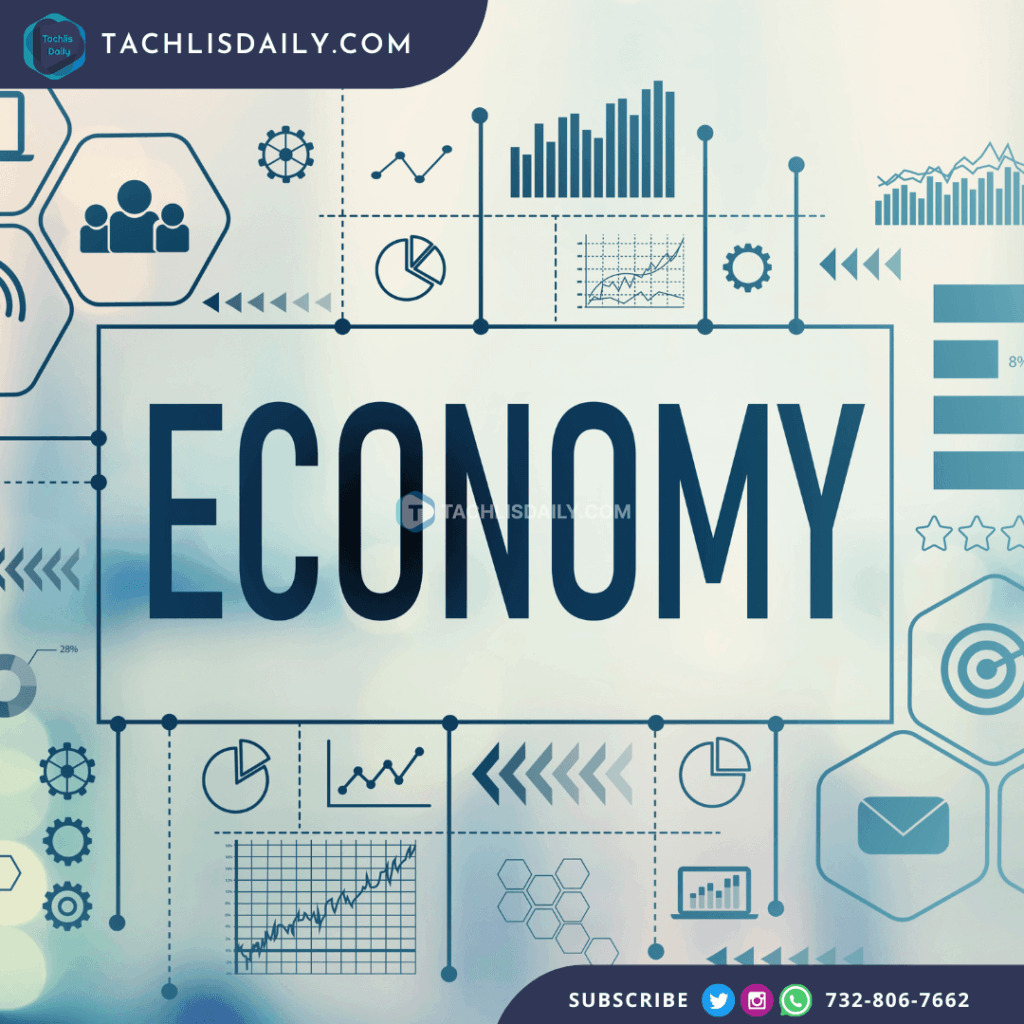The United States economy contracted at an annual rate of 0.5% between January and March 2025, marking its first quarterly decline in three years. The unexpected drop, larger than previously estimated, was largely attributed to a rush of imports and a sharp slowdown in consumer spending, according to a new government report.
The decline in gross domestic product (GDP) the broadest measure of economic activity reversed the 2.4% growth recorded in the final quarter of 2024. The downturn caught many economists off guard, as prior estimates projected a smaller 0.2% decline, and many had expected no change in the final revision.
A major factor behind the contraction was a dramatic 37.9% surge in imports, the fastest rate since 2020. Businesses scrambled to bring in foreign goods ahead of anticipated tariff hikes, leading to an import-driven drag on domestic output. In GDP calculations, imports are subtracted from overall output to avoid overstating domestic production, resulting in a negative impact of nearly 4.7 percentage points on the final number.
Consumer spending, a key engine of the U.S. economy, also faltered significantly. Growth in personal consumption slowed to a meager 0.5%, a steep drop from the robust 4% pace seen at the end of last year. This signals caution among consumers amid broader economic uncertainty.
A measure of core economic strength which excludes volatile components such as trade, inventory changes, and government spending rose at a modest 1.9% annual rate, down from 2.9% in the previous quarter. This metric includes personal consumption and private-sector investment and is seen as a more stable indicator of the economy’s underlying health.
Government activity also contributed to the decline, with federal spending falling at a 4.6% annual rate the sharpest drop since 2022. This reduction further weighed on the overall performance, compounding the private sector’s struggles.











